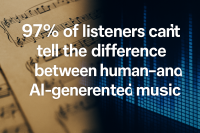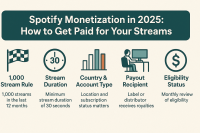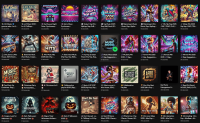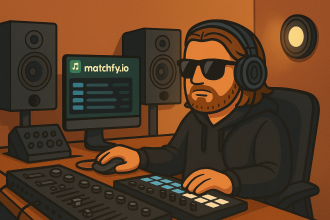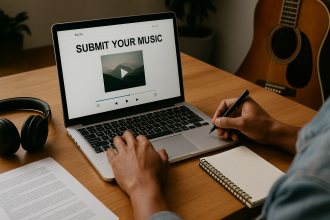A Major Shift Toward Multimedia Streaming
Spotify is preparing to take a significant leap beyond audio. The company has announced that, in the coming weeks, Premium subscribers in the United States and Canada will gain access to full music video playback directly inside the app. This marks one of the platform’s most ambitious upgrades in years, signaling a strategic move toward becoming a fully immersive multimedia hub rather than a strictly audio-based service.
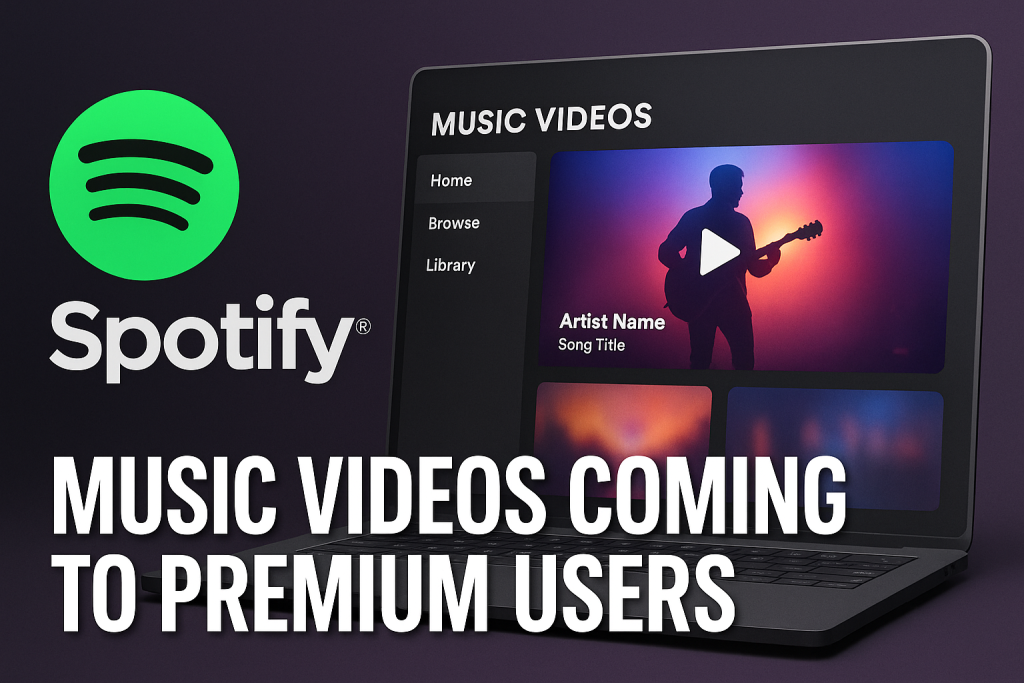
A New Era of In-App Music Videos
For over a decade, Spotify has focused primarily on audio—playlists, podcasts, algorithmic discovery, and curated editorial content. Music videos, despite their cultural importance, have remained the domain of platforms like YouTube, Apple Music, and Vevo.
This is about to change. Spotify’s introduction of in-app video clips represents a redefinition of its product identity. Users will be able to watch official music videos without leaving the app, creating a seamless experience that blends listening, viewing, and discovery in one place.
The move reflects Spotify’s long-term ambition to compete directly with visual-first platforms. It also acknowledges that modern audiences increasingly consume music as a hybrid audiovisual experience.
Why Spotify Is Moving Toward Multimedia
Spotify has been experimenting with visual features for years—Canvas loops, Clips, vertical videos, podcast video formats, and short-form artist highlights. But full music video integration elevates the platform to a new category.
Several trends help explain the shift:
- Rising demand for visual storytelling: Fans expect music releases to come with stronger visual narratives, from high-quality videos to behind-the-scenes content.
- Competition from video-dominated platforms: YouTube, TikTok, Instagram, and Apple Music have set new standards for music-video integration. Spotify can’t remain audio-only if it wants to retain cultural influence.
- Opportunities for enhanced engagement: Video dramatically increases time spent on platform, sharing behavior, and fan-artist connection.
By embracing music videos, Spotify positions itself as a comprehensive entertainment destination—one where audio and video coexist in a unified ecosystem.
A Game-Changer for Artists and Labels
For artists, the new feature opens valuable strategic possibilities:
- Visual-enhanced releases: Every track can now be accompanied by a video that strengthens storytelling and increases reach.
- Exclusive content opportunities: Artists may release alternate video versions, performance cuts, or short films directly within Spotify.
- Improved fan engagement: Videos offer stronger emotional impact, helping artists cultivate deeper connections with listeners.
Labels and independent musicians alike will likely explore how to structure campaigns around this new feature—potentially using Spotify as a primary or secondary venue for video premieres.
In a landscape where short-form content dominates attention spans, long-form music videos inside Spotify may also help artists regain control over how audiences experience their work.
Impact on the Streaming Industry
Spotify’s move will not go unnoticed. Music videos generate billions of views globally, and their presence within Spotify shifts the competitive balance across the streaming landscape.
The change may influence several broader trends:
- Increased pressure on audio-only platforms to expand their feature set.
- Greater alignment between streaming and social media, as visuals complement sharing and storytelling.
- New monetization avenues, including potential premium video tiers or exclusive partnerships with major music groups.
By integrating video, Spotify sets a new benchmark for what a modern streaming platform should offer.
Conclusion
Spotify’s decision to introduce music videos for Premium subscribers marks a pivotal evolution in the platform’s identity. By merging audio and video into a cohesive experience, Spotify is positioning itself at the intersection of music discovery, visual storytelling, and digital entertainment.
For artists, this represents a powerful opportunity to elevate their narratives and connect with listeners in richer and more immersive ways. For users, it’s a sign that the future of streaming is no longer just about listening — it’s about watching, feeling, and engaging with music on multiple dimensions.
![]()



